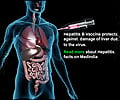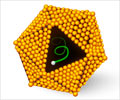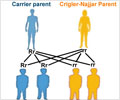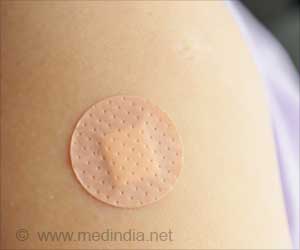A portable sensing platform enables quick and accurate jaundice detection for improved health monitoring.

Zinc Doping-Induced Lattice Growth Regulation for Enhanced Upconversion Emission in Serum Bilirubin Detection
Go to source). The relevant research findings have been published in Analytical Chemistry and provide a new technological approach for the early diagnosis of jaundice.
‘#Jaundice detection just got easier! A #smartphone app can now help spot early signs. #digitalhealth’





Neonatal Jaundice: The Critical Need for Rapid Bilirubin Detection
Jaundice is a major health issue in neonates, affecting 60% of newborns and often leading to early neonatal death. Elevated free bilirubin levels indicate jaundice, with healthy individuals having levels between 1.7 £gM and 10.2 £gM. Concentrations below 32 £gM typically don't show classic symptoms. Rapid and accurate detection of bilirubin in neonates is critical. UCNPs offer a promising approach for detecting small molecules in biological samples due to minimal background fluorescence interference. However, their low luminescence intensity limits their effectiveness, highlighting the need for UCNP probes with higher emission intensity for bilirubin detection.To address this, the research team employed a zinc ion doping strategy to regulate the growth of upconversion nanocrystals, improving the energy transfer efficiency of the nanoparticles, thus achieving efficient, high-intensity upconversion luminescence. Furthermore, a 980 nm near-infrared excited upconversion visual sensing platform for serum bilirubin detection was developed. By combining UCNPs with sulfosalicylic acid and iron ions to form an efficient upconversion nanoprobe, fluorescence and colorimetric gradient changes were observed in the presence of bilirubin, enabling precise detection of bilirubin.
A portable sensing platform was constructed using 3D printing technology. By combining the platform with the color recognition function of a smartphone, it offers a convenient and rapid clinical testing solution.
The research results indicate that the sensor's fluorescence mode achieves a detection limit as low as 21.4 nM, enabling accurate bilirubin detection in complex biological matrices.
This study demonstrates strong upconversion luminescence emission and highlights the potential for early disease diagnosis through highly sensitive biomarker detection.
Advertisement
- Zinc Doping-Induced Lattice Growth Regulation for Enhanced Upconversion Emission in Serum Bilirubin Detection - (https://pubs.acs.org/doi/10.1021/acs.analchem.4c05839)
Source-Eurekalert













